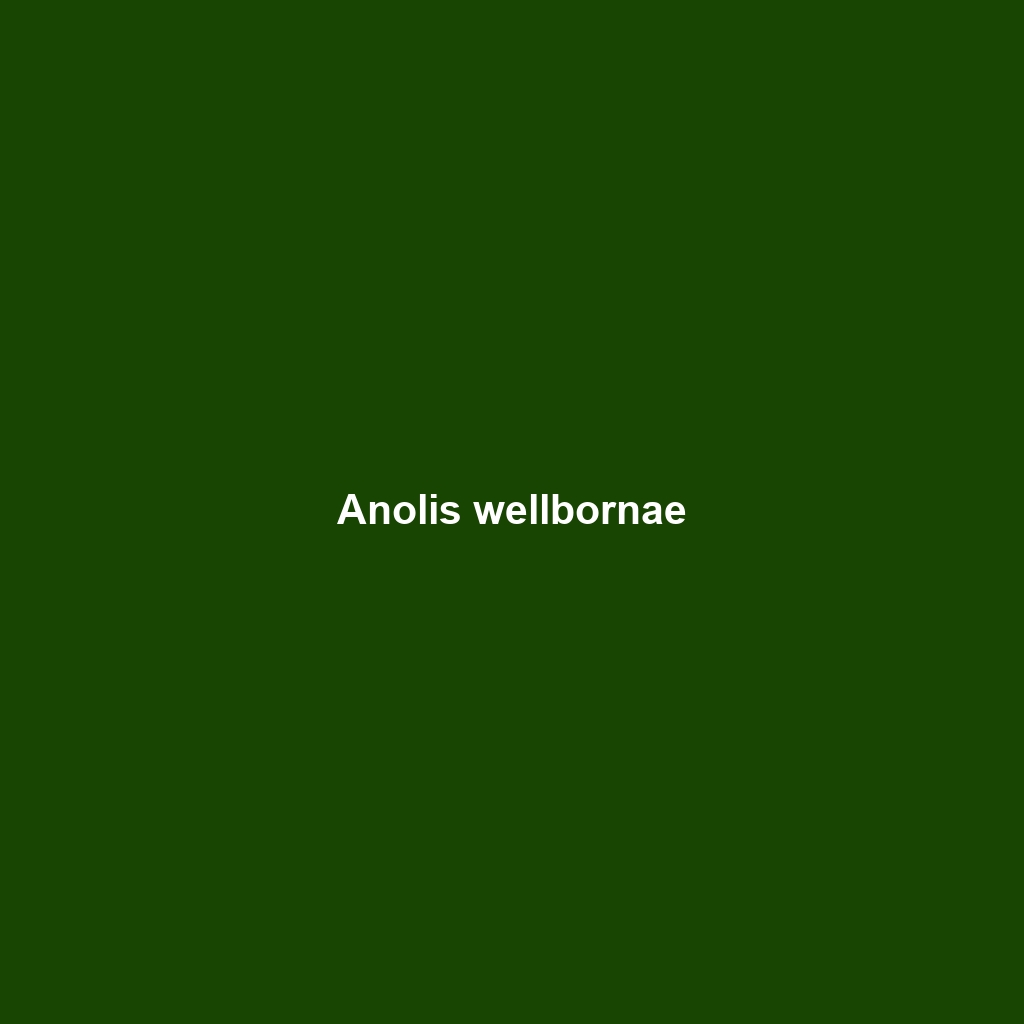Discover the captivating Calumma gastrotaenia, or Madagascar chameleon, known for its vibrant green and yellow coloration, unique casque, and exceptional climbing skills. This insectivorous species thrives in the humid tropical forests of eastern Madagascar, playing a vital role in its ecosystem while adapting beautifully through its remarkable color-changing abilities.
Tag: predator and prey dynamics
Bothrops lutzi
Bothrops lutzi, or the lutzi pit viper, is a nocturnal snake found in the tropical rainforests of Honduras and Nicaragua, characterized by its robust body, striking brown and greenish hues, and heat-sensitive pits. This vulnerable species plays a crucial role in its ecosystem by regulating small mammal populations and is an adept predator due to its powerful venom.
Atractus cerberus
<p>The <b>Atractus cerberus</b>, also known as the Cerberus snake, is a <i>non-venomous</i> species found in the tropical rainforests of Central and South America, typically growing 50 to 70 centimeters long. With its dark brown to black body and lighter bands, this nocturnal, burrowing predator plays a crucial role in controlling insect populations while being classified as <strong>Vulnerable</strong> due to habitat destruction.</p>
Anolis wellbornae
Discover the vibrant Anolis wellbornae, a medium-sized lizard native to the tropical forests of Central America, known for its stunning green and brown coloration, impressive climbing abilities, and unique territorial displays featuring a distinctive dewlap. This diurnal species thrives in humid environments, primarily feeding on small insects and playing a vital role in its ecosystem.
Anolis humilis
<h2><b>Common Name:</b> Anolis humilis</h2> <p>Discover the humble anole, a small to medium-sized lizard from the tropical rainforests of Central America, characterized by its vibrant dewlap and exceptional climbing skills. These fascinating reptiles thrive in humid environments, primarily feeding on insects and playing a vital role in their ecosystem by regulating insect populations and contributing to pollination.</p>




